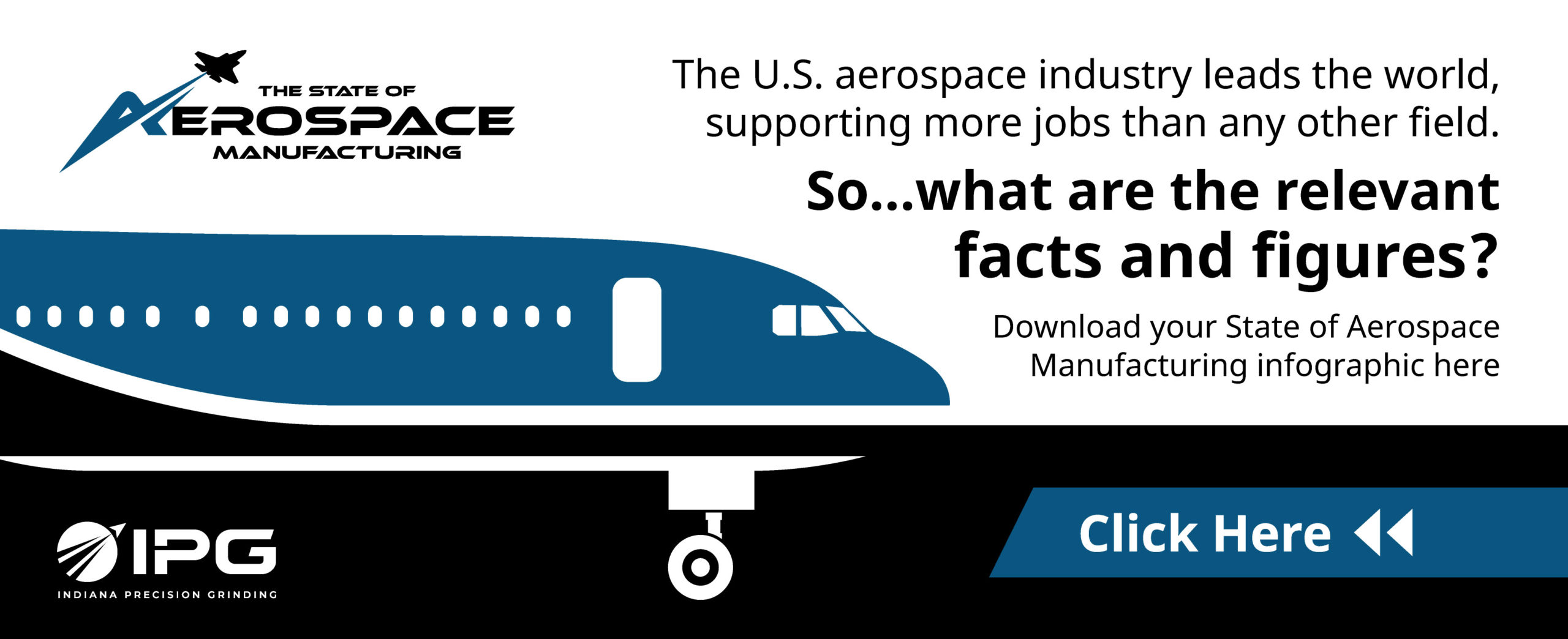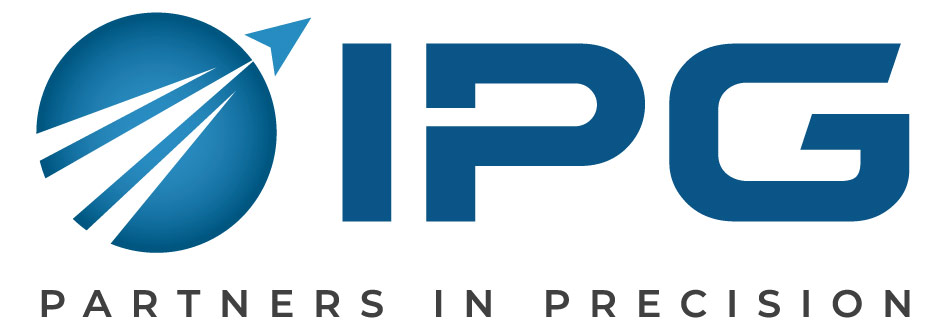There are many aerospace processes that are needed to make aerospace parts the best they can be. Every aerospace part serves a crucial role in the system, so the quality of their construction and the processes used to make the parts are defining features. One of these processes is laser cladding. In this article, we will investigate laser cladding, how it works, and its benefits for aerospace parts.
Click Here for our Ten Facts About Centerless Grinding Infographic
Laser cladding, also known as laser deposition, is a method for depositing a powdered material or wire feedstock material which is melted with laser energy to coat a substrate or to fabricate a part. It involves the use of a filler material to create a metallurgical bond between a metal substrate (the workpiece) and the metal coating—metallurgy refers to the technology concerning the properties of metals and their production and purification. Filler material generally arrives in powder, strip, or wire form. Different metals have different properties, so taking advantage of these properties by combining them achieves better results.
There is a list of advantages to the laser cladding process for aerospace parts:
- Better technique for coating in any shape leads to an increased lifespan for parts
- Particular dispositions for repairing parts
- Highly suitable technique for graded material application
- Well-adapted for near-net-shape manufacturing
- Unlike other welding processes and metallurgical bonds, laser cladding has low dilution between track and substrate
- Low deformation of the substrate and small heat affected zone (HAZ)
- High cooling rate leads to a precision microstructure
- Provides a lot of material flexibility
- The finished product has no cracks nor is it porous
- Compact machines take up less space on shop floor
There are a number of possible choices for deposition material such as ferrous metals like stainless steel, carbon steel, nickel-based alloys, or aluminum. Compared to traditional cladding and welding techniques, laser cladding provides a high-speed thermal cycle which makes it possible to achieve higher hardness as well as finer microstructures: these characteristics help resist corrosion.
Laser cladding also brings with it a limited heat-affected zone, which also has numerous advantages: it reduces the amount of stress to the workpiece, limits the likelihood of deformations, and allows the process to take place alongside other critical areas that are less tolerant of heat. In tandem, this means laser cladding can add structural reinforcement to sensitive areas.
Within laser cladding, there are three common methods:
- Preplaced Powder: There are two stages to the preplaced powder method. The first step is covering the substrate with the preplaced powder—the laser transfers its energy to the powdered metal and liquefies the powder. Stage two is the transfer of heat from the liquid coating to the substrate. The coating then solidifies and provides a bond. This method is not very common anymore because it is difficult to place the powder on a complex geometric shape.
- Wire Feed: In this process the wire is fed from a drum to the laser. The wire feeding encounter happens during the cladding process. The wire drum must be large enough to prevent problems with any plastic deformation as well as being in line with the substrate movement to allow for smoother feeding.
- Powder Injection: The last method is the coating material returns to the principle of powdered metal, but the powder itself is injected into the path of the laser. The powder is carried through tubing using a non-reactive gas which allows the coating material to be pushed into the beam. The powdered metals are partially melted and re-solidify on the substrate to create a stronger metallurgical bond.
Finishing aerospace parts is undeniably a complex process, which is why having a team of craftsman working on your parts is paramount for achieving the best results and assembling more reliable aircraft. Laser cladding is one such process that will help take your parts to the next level of precision and reliable performance.


